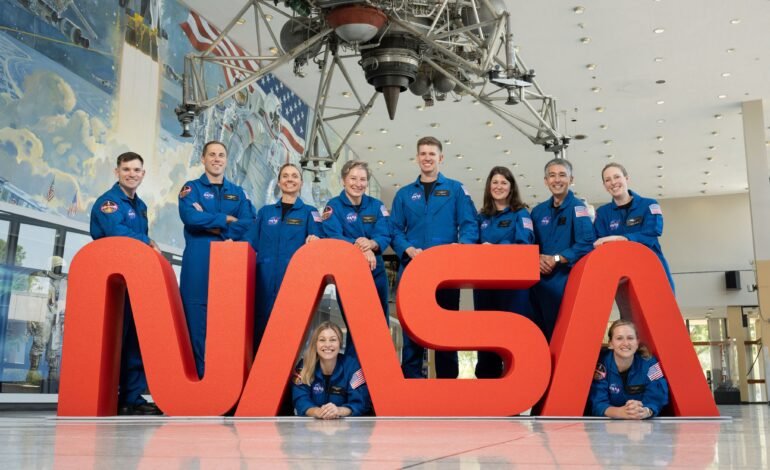Photo taken from: X
NASA announced Monday the selection of a new class of 10 astronaut candidates, chosen from more than 8,000 applicants from across the United States. This is the agency's 24th astronaut class since 1959.
Historical diversity
For the first time in the agency's history, the number of women outnumbers men in a group of selected astronauts: six women and four menSome of the selected candidates already have relevant experience: for example, a geologist who collaborated with the Curiosity mission to Mars and with the Artemis teams for the Moon; and another candidate who already flew into space on a private mission with SpaceX.
Rigorous training and future missions
The process continues with two years of mandatory training before the newly selected candidates can fly. They will be trained in various disciplines: land and water survival, robotics, space medicine, lunar and Martian geology, simulated spacewalks, among other skills necessary for missions in low orbit, on the Moon (Artemis), and, eventually, on Mars.
Ambitious goals with Artemis as a starting point
These astronauts were selected as part of the Artemis program, which seeks to return humans to the Moon and build a sustainable presence there as a springboard for crewed missions to Mars. Although not all of these candidates will participate in Artemis III (the lunar landing mission), the new class will strengthen NASA's capacity for future deep exploration.
Vocation, training and varied profiles
The selected candidates include military personnel, test pilots, scientists, and physicians, with backgrounds ranging from aerospace engineering to geology. Some have previously worked on planetary exploration missions or commercial space projects, bringing a diverse range of experience to the group.
What challenges lie ahead?
Although selection is an important step, the challenges are multiple: demonstrating real operational capability, completing very demanding training, and meeting the Artemis program deadlines, which have faced delays. Furthermore, missions to Mars pose unresolved technological, physiological, and logistical challenges.
For more stories like this, follow More Latin.
Sources:

